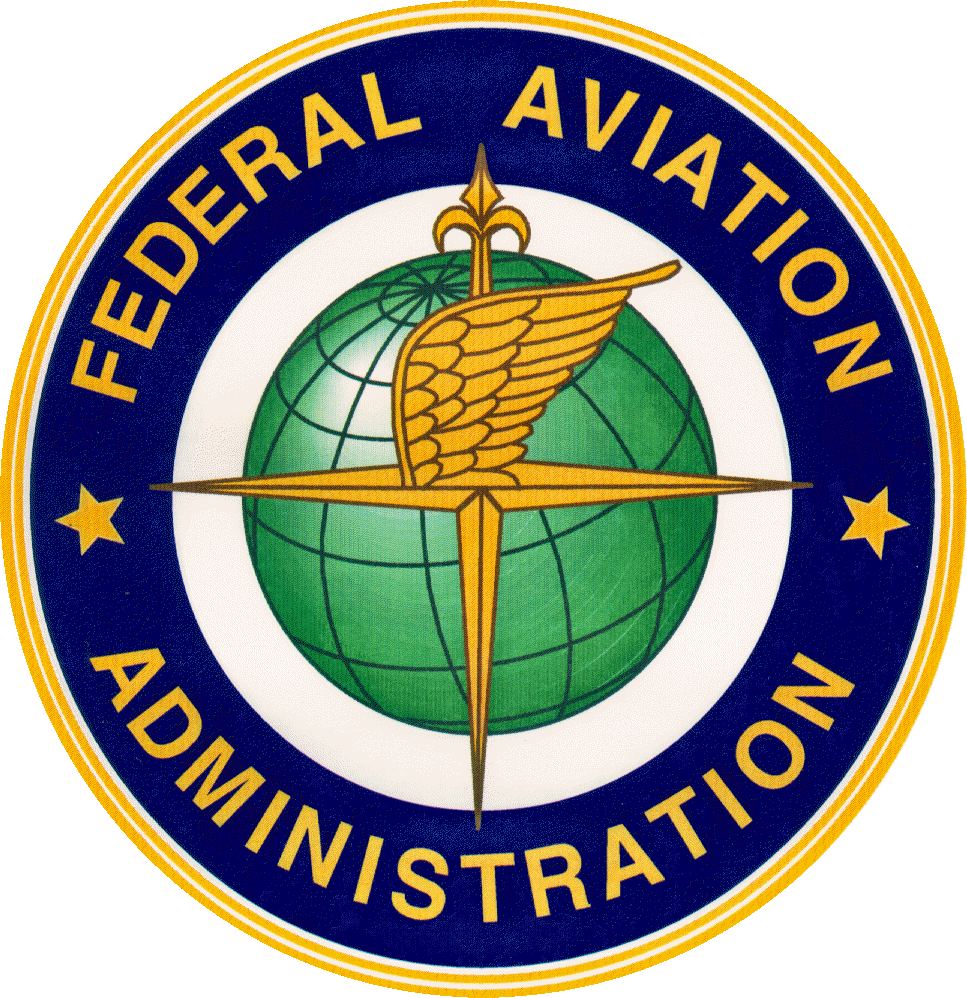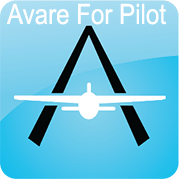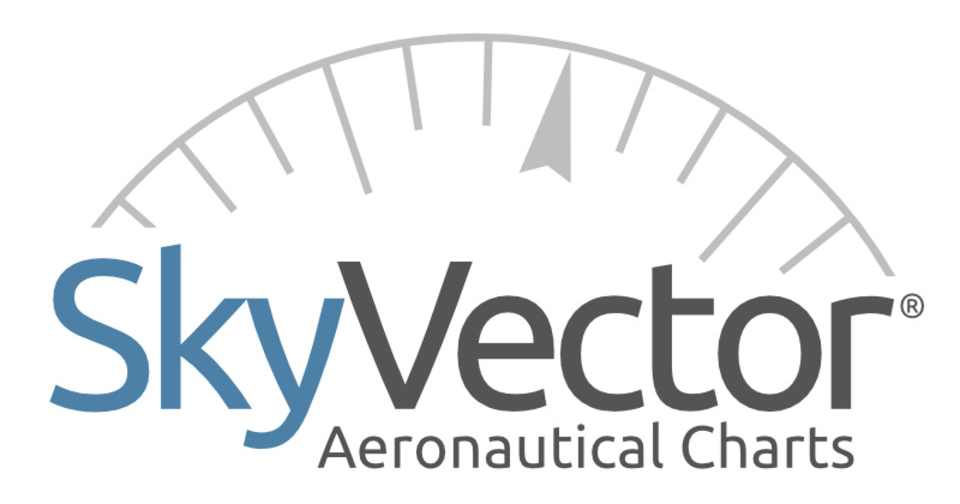Basic Aerodynamics for Pilots: Understanding the Forces of Flight
For a pilot, mastering the fundamentals of aerodynamics is akin to wielding the invisible hand that guides your aircraft through the sky. This knowledge empowers you to understand the forces acting on your aircraft, predict its behavior, and maneuver it with precision. Buckle up, as we delve into the core principles of aerodynamics that govern the magic of flight.
The Four Forces: A Balancing Act
Imagine your aircraft suspended in mid-air. Four primary forces act upon it, constantly striving for equilibrium:
-
Lift: The hero of flight, lift is the upward force generated by the airflow over the wings. As your aircraft gains airspeed, the shaped wing deflects air, creating a pressure differential – higher pressure below the wing and lower pressure above. This pressure difference generates lift, counteracting the force of gravity and keeping you airborne.
-
Weight: Gravity's relentless pull, weight acts directly downwards, constantly trying to drag your aircraft back to earth. Understanding your aircraft's weight is crucial for calculating takeoff performance, payload limitations, and climb rates.
-
Thrust: The engine's gift, thrust is the forward-acting force that propels your aircraft through the air. By controlling the engine power, you can adjust the amount of thrust generated, allowing you to accelerate, maintain level flight, or climb.
-
Drag: The silent adversary, drag is the force that opposes your aircraft's forward motion. It arises from air resistance against the aircraft's body and wings. Minimizing drag is essential for efficient flight, as it directly affects your fuel consumption and overall performance.
Understanding how these forces interact is key. In balanced flight, lift equals weight, and thrust equals drag. By manipulating these forces through control surfaces (ailerons, elevators, rudder), pilots can achieve the desired flight path.
The Key to Lift: Wing Design and Airflow
The magic of lift hinges on the wing's design and its interaction with airflow. Here are key concepts to grasp:
-
Airfoil Shape: The wing's cross-section, called an airfoil, is crucial. The curved upper surface and flat lower surface cause air to travel faster over the top, creating the pressure differential that generates lift.
-
Angle of Attack (AoA): The angle between the wing's leading edge and the oncoming airflow. Increasing the AoA generally increases lift, but up to a point. A critical AoA exists, beyond which the airflow separates from the wing, leading to a dangerous loss of lift known as a stall.
-
Air Speed: The faster the air moves over the wing, the greater the lift generated. This is why achieving a minimum airspeed is vital for takeoff and maintaining safe flight.
Control Surfaces: Taking Command
Your aircraft's control surfaces allow you to manipulate its flight path by influencing these forces:
-
Ailerons: Hinged control surfaces on the trailing edge of each wing. Ailerons move in opposite directions – one aileron up, the other down – causing the aircraft to roll and change direction.
-
Elevators: Hinged control surfaces on the trailing edge of the horizontal stabilizer. Raising the elevators pitches the aircraft nose up, increasing the AoA for climb. Lowering them pitches the nose down, decreasing AoA for descent.
-
Rudder: Hinged control surface on the trailing edge of the vertical stabilizer. The rudder controls yaw, the aircraft's rotation around its vertical axis. By deflecting the rudder, you can coordinate turns and maintain directional stability.
Understanding how these control surfaces interact with the airflow allows you to execute maneuvers smoothly and precisely.
Mastering the Basics: A Foundation for Safe Flight
A solid grasp of basic aerodynamics empowers you as a pilot in several ways:
-
Safer Takeoffs and Landings: Understanding how lift, weight, and airspeed affect takeoff performance allows you to calculate safe takeoff speeds and distances. Similarly, during landings, knowing how AoA and drag influence descent rate enables smooth and controlled touchdown.
-
Efficient Flight Planning: Aerodynamics allows you to optimize flight plans by considering factors like wind speed and direction, which can significantly impact fuel consumption and flight time.
-
Predicting Aircraft Behavior: By understanding how the forces of flight interact, you can anticipate your aircraft's response to control inputs and environmental changes. This knowledge allows you to react appropriately and maintain control in various flight conditions.
Beyond the Basics: A Lifelong Journey
While this covers the fundamental principles, aerodynamics is a vast and fascinating subject. As you progress in your piloting journey, you'll delve deeper into concepts like high-speed flight, stability and control, and the effects of weather on aircraft performance. Remember, the sky's the limit for your learning!






